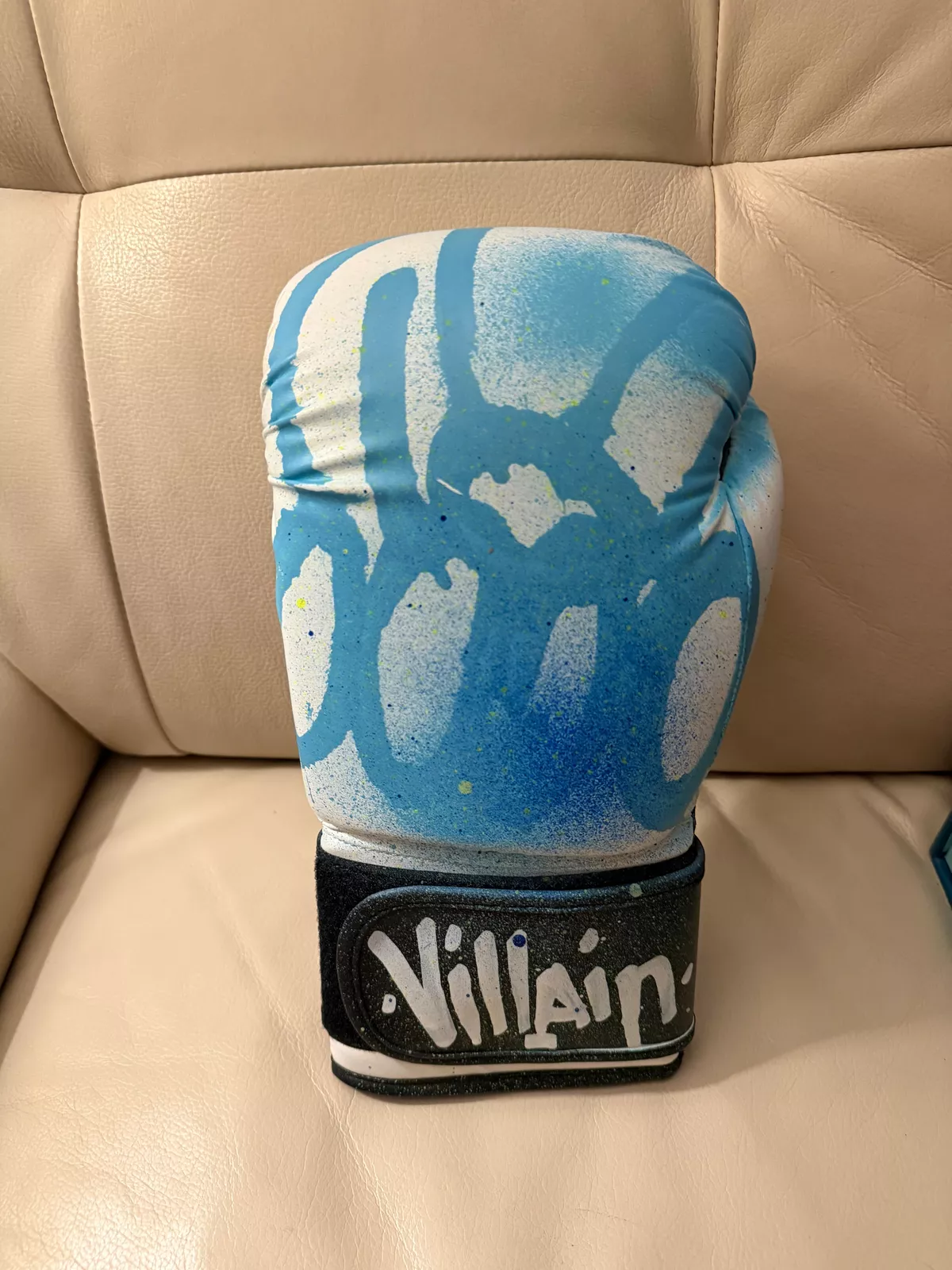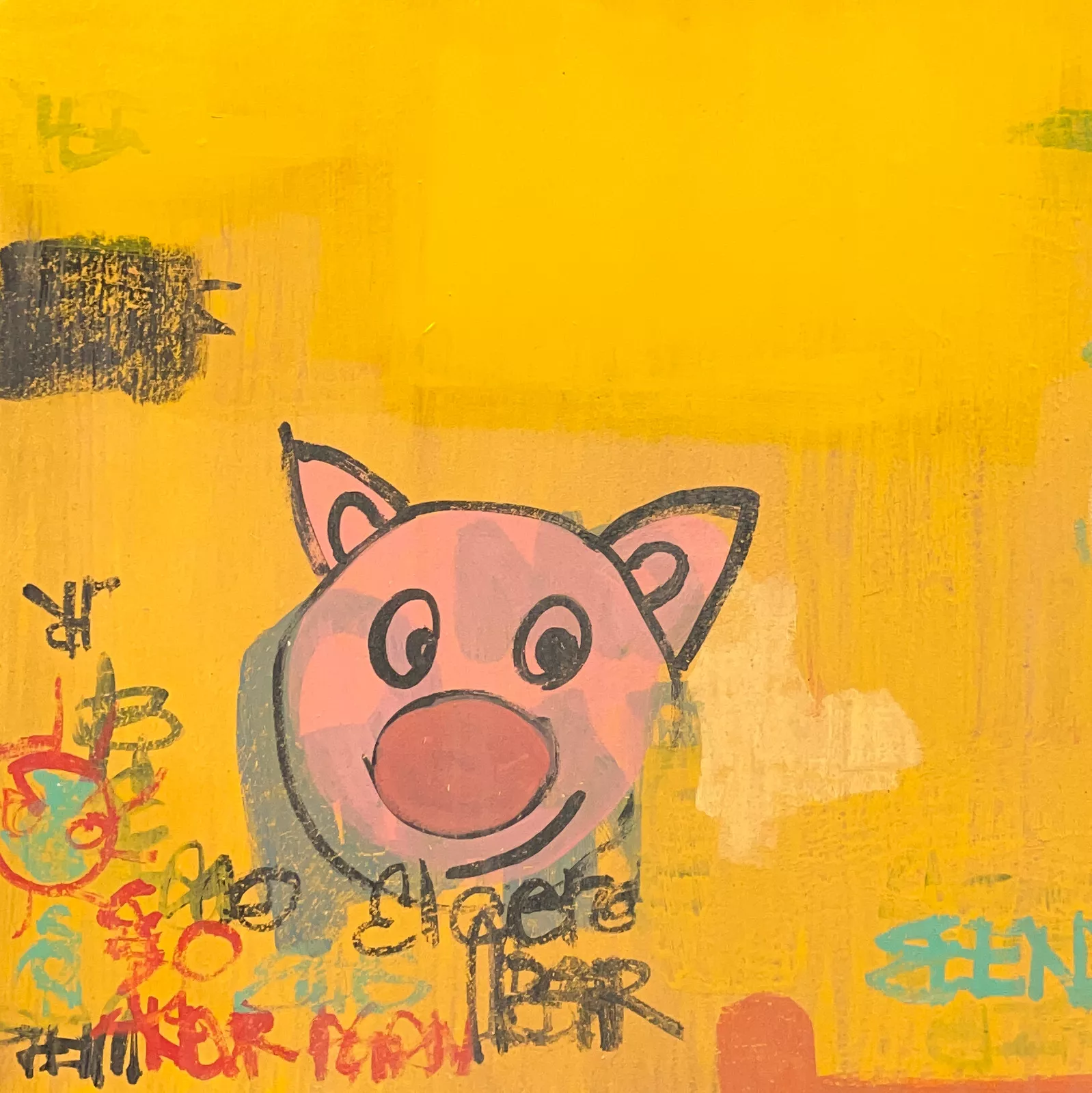Art has long been a medium for expressing emotions that words struggle to capture. Brianna Lance’s Unsaid is a testament to this philosophy, using the fluid, organic nature of watercolor on canvas to explore the intricacies of human emotion.
This piece transcends the traditional limitations of black and white, demonstrating that in every stark contrast, there are infinite shades of gray, countless variations of light, and a world of subtle emotional complexity.
In this exploration of Unsaid, we will delve into Lance’s artistic philosophy, the power of black and white in visual storytelling, and the broader implications of how art captures the nuances of feelings that words cannot always articulate.
Brianna Lance: An Artist Rooted in Emotional Expression
Brianna Lance is known for her ability to convey deep, introspective themes through her artwork. While her work often spans various mediums, watercolor on canvas is a particularly striking choice for Unsaid. The unpredictability of watercolor—the way it bleeds, blends, and interacts with the surface—mirrors the fluidity of emotions. Just as emotions refuse to be confined to binary expressions of happiness or sadness, watercolor defies rigid structure, creating organic and ever-changing compositions.
Lance’s work frequently explores themes of memory, perception, and the ephemeral nature of feeling. Unsaid stands out because it directly challenges the idea that black and white imagery represents clarity. Instead, she suggests that even within the most seemingly defined contrasts, there is room for interpretation, doubt, and complexity.
The Symbolism of Black and White in Unsaid
Black and white as a visual concept has long been associated with truth, clarity, and absolutes. In photography, black and white images strip away the distractions of color, often emphasizing the rawness of a subject. In literature, “black and white” is a phrase used to describe situations with clear moral delineations—right versus wrong, truth versus falsehood.
However, Lance challenges this notion in Unsaid, arguing that true clarity comes from acknowledging the in-between spaces—the areas of ambiguity, the soft gradients, the shifting perceptions that exist within every human experience.
Infinite Shades of Gray
In Unsaid, Lance plays with various tones and hues within the black and white spectrum, demonstrating that every supposed “absolute” is filled with subtle variations. The concept of infinite shades of gray is both literal and metaphorical:
• Literal Interpretation: Instead of stark blacks and bright whites, Unsaid incorporates countless transitions between these extremes. The result is a piece that feels dynamic, almost as though it is shifting and changing depending on the viewer’s perspective.
• Emotional Interpretation: Just as there are no pure blacks and whites in the painting, there are no simple emotions in life. Love, grief, joy, and fear all exist on a spectrum, blending into one another in unexpected ways.
Light and Shadow: The Play of Contrast
Another critical aspect of Unsaid is its treatment of light and shadow. Rather than using them in opposition, Lance blends them seamlessly, suggesting that one cannot exist without the other. This interplay mirrors human emotions—where joy often contains traces of sorrow, and sadness may be softened by moments of hope.
By allowing shadows to fade rather than creating sharp divisions, Lance forces the viewer to confront the impermanence and fluidity of emotions. In doing so, she makes an argument that perhaps real clarity is not found in absolutes but in embracing uncertainty.
The Emotional Landscape of Unsaid
One of the most compelling aspects of Unsaid is how it invites personal interpretation. Unlike artwork that presents a clear narrative, Lance’s piece relies on abstraction and emotional resonance.
Silence as an Emotional State
The title Unsaid itself suggests themes of silence, withheld emotions, and the complexity of unspoken feelings. It begs the question: What do we leave unspoken, and why?
• Unspoken Words: Many of our most powerful emotions are those we cannot articulate. Love, regret, longing—these are feelings that often evade language. Unsaid captures this dilemma, presenting a visual representation of emotions that exist beyond words.
• Emotional Restraint: Just as watercolor seeps into the canvas, our emotions seep into our interactions, whether or not we acknowledge them. The painting becomes a metaphor for the underlying emotions in every conversation, every glance, and every moment of hesitation.
The Universality of Ambiguous Emotions
By avoiding a definitive focal point or clear narrative, Unsaid allows viewers to project their own emotions onto it. This universality is a key strength of abstract art—rather than dictating meaning, it invites participation.
Some viewers might see Unsaid as melancholic, reflecting memories of love lost or words left unspoken. Others might interpret it as a moment of calm introspection, where thoughts and feelings merge in peaceful contemplation. The beauty of Lance’s work is that both interpretations can coexist, just as emotions themselves often do.
Watercolor on Canvas: A Technical and Symbolic Choice
The medium of watercolor is particularly significant in Unsaid. Unlike oil or acrylic, which can be layered and controlled with precision, watercolor is known for its unpredictability.
Fluidity and the Nature of Emotion
Watercolor spreads and bleeds across the canvas, often creating unexpected patterns and organic forms. This quality makes it the perfect medium for exploring themes of emotion, as feelings rarely follow a predictable path.
• Uncontrollable Elements: Just as watercolor is influenced by the amount of water, the texture of the canvas, and the movement of the brush, emotions are shaped by external factors, past experiences, and fleeting moments.
• Soft Transitions: Watercolor lacks hard edges, reinforcing the idea that no emotion exists in isolation. Every feeling transitions into another, just as one shade blends seamlessly into the next.
The Permanence of the Unsaid
Unlike digital art, where changes can be easily undone, watercolor is permanent once applied to the canvas. This mirrors the idea that unspoken words and emotions leave lasting imprints—even if they are never verbalized, they remain part of our personal history.
• Artistic Vision: Lance’s ability to capture emotional complexity in a seemingly simple black-and-white piece is a mark of artistic mastery.
• Unique Technique: Watercolor on canvas is an unconventional choice, requiring a delicate balance between control and surrender to the medium.
• Emotional Resonance: The themes explored in Unsaid—ambiguity, unspoken emotions, the fluidity of feeling—resonate with a broad audience, increasing its appeal.
Owning Unsaid is not just about possessing a piece of art; it is about owning a visual representation of life’s most complex emotions.
Impression
Brianna Lance’s Unsaid is more than a painting—it is an experience. Through its exploration of black and white, its fluid use of watercolor, and its evocative themes of silence, emotion, and perception, it challenges the viewer to reconsider their own relationship with what is left unsaid in their lives.
Lance’s work reminds us that clarity does not come from stark contrasts but from embracing the infinite shades of gray that exist between black and white—in art, in emotions, and in life itself.
No comments yet.








